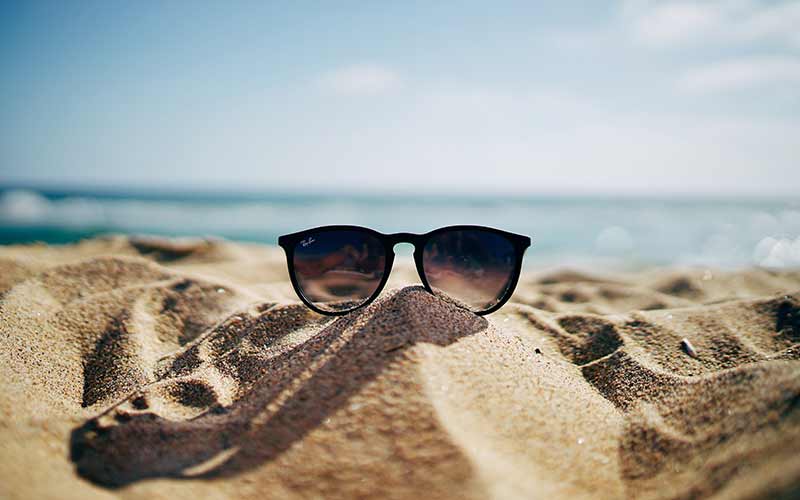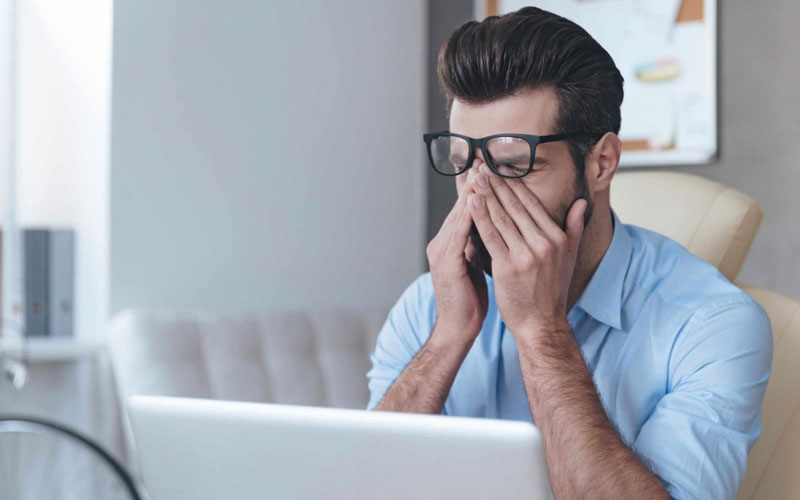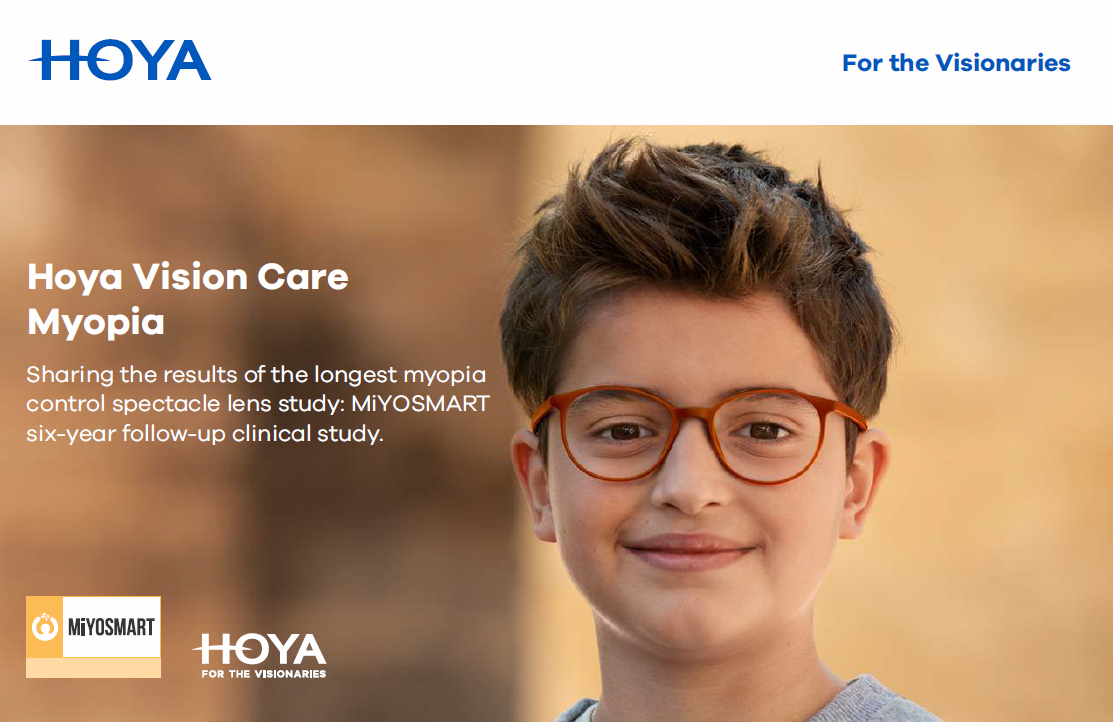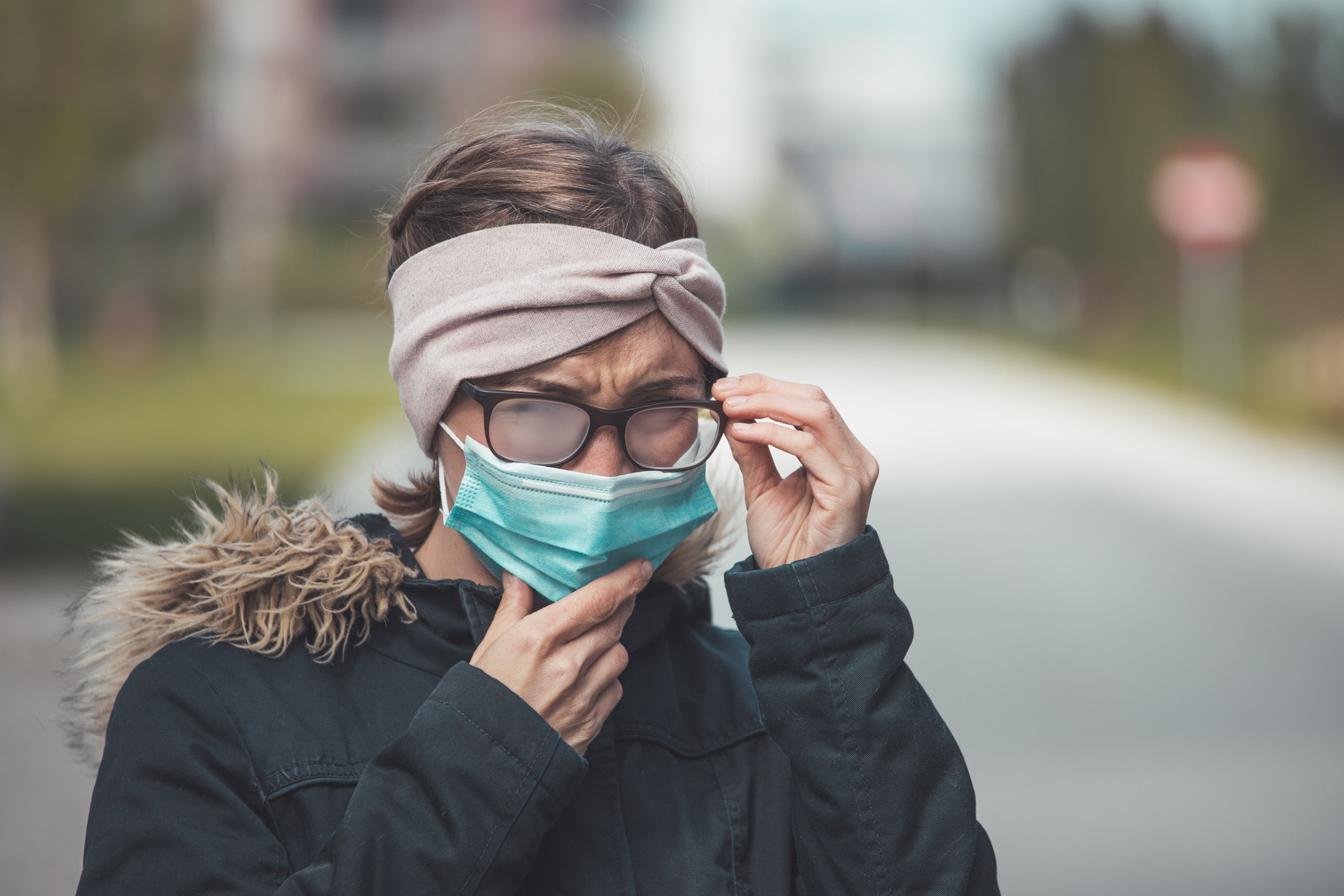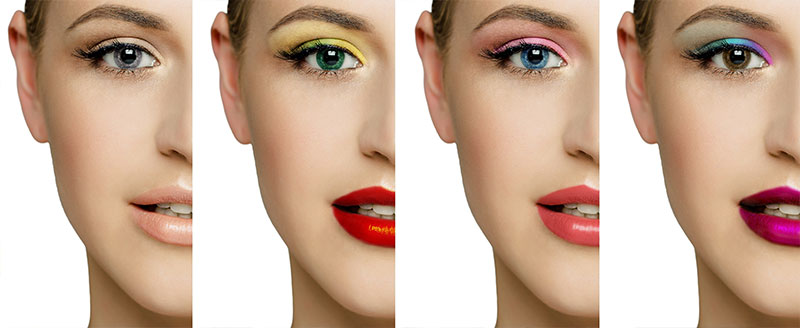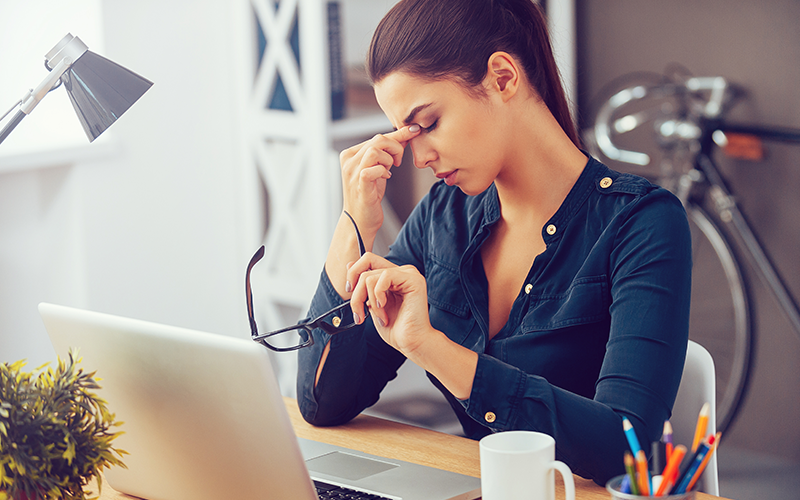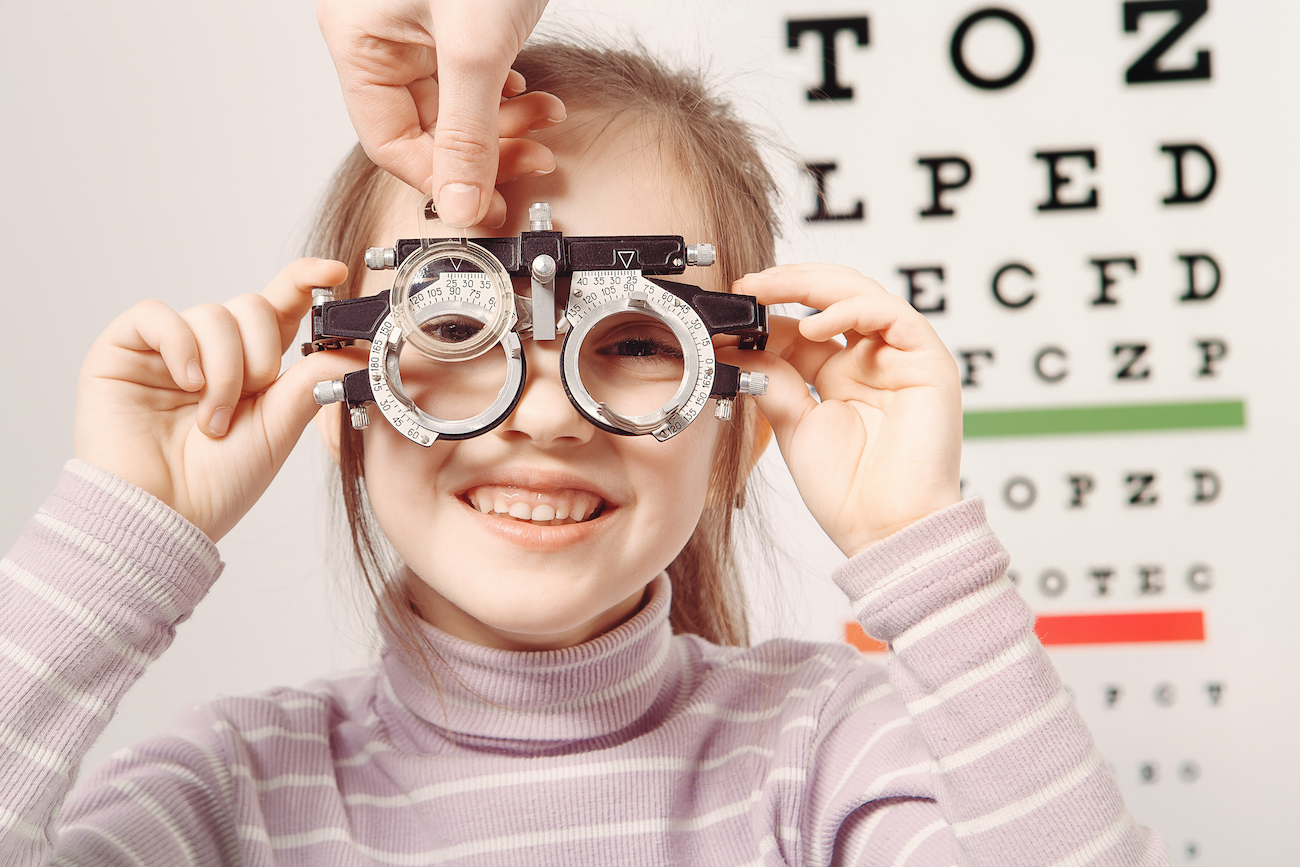SOLA EyeQ:
99 to 100 percent of both UV-A and UB-B rays. Unfortunately for consumers, there are no federal standards for labeling sunglasses.” If youre buying sunglasses from a reputable company, and the label says they block 100 percent of UV-A and UV-B, you can probablytrust it,” says Dr Marmor.”But be careful if the label just says ‘blocks UV.'”Dr.Marmor also against manufactures who claim to meet the requirements of the American National Standards Institute (ANSI).That’s not a high enough level of protection, he says. Some opticians and eye glass retailershave UV meters that can check the percentageof UV protection in glasses you own.When shopping for prescription eyeglasses, consider having the lenses treated with a UV protective coating. Or, select a lens material that inherentlyprovides 100 percent UV protection.Polycarbonate, the strongest lens material available, offers complete UV protection. Because of its strength, the material is recomended for the eyewear of children and anyone who does anything athletic.High-index photochromic plastic lenses also block 100 percent of UV rays. Photochromic lenses darken sunlight, then fade when removed from the light.Although they protect eyes from UV, they may not get dark enough to cut the sun’s glare.
BEYOND-UV
Quality sunglasses must do more than provide UV protection. Too much exposure to bright sunlight can cause tearing, squinting and temporary reduction in night vision. That’s why doctors recommend sunglasses for patients who have perscription eyeglasses that already block UV.
Sunglasses should meet the following standards:
- Gray or slightly anber in tint. Gray lenses don’t distort colors. Amber blocks some blue light and works especially well for skiers and boaters.
- Dark. If you can see your eyes in a mirror through the sunglasses , the lenses aren’t dark enough.
- Free of distortion. Look through the lenses at a distant straight line; move the lenses acroos it. If the line distorts, the lenses have imperfections.
- Flattering. Select a pair of sunglasses that flatter your face. The best sunglasses won’t protect your eyes if you don’t wear them.
WHAT IS UV RADIATION?
UV radiation is composed of invisible, high energy rays from the sun. There are two types: UV-A and UV-B.UV-B is considered more damaging to eyes than UV-A because it has higher energy. But UV-A radiation can penetrate the eye more deeply. Researches believe UV radiationis the cause of a number of maladies, including cataracts and cancer.
HOW DOES SUNLIGHT DAMAGE THE EYE?
Laboratory studies have shown that, over a period of time, UV radiation absorbed by the lens of the eye results in changes in the lens.Those changes may result in a cataract, a clouding of the lens. Furthermore, epidemiological studies have shown that the risk for certain types of cataracts increases withincreased exposure to UV, especially UV-B. Cataracts are the major cause of blindness worldwide.Scientists also supect that long-term UV exposure may damage the sensitive retina at the back of the eye, contributing to macular degeneration, a majorcause of vision loss in people over age 55. UV exposure also may cause ptergium, a fleshy growth on the white of the eye that can extend into the cornea and block vision.In addition to vision loss, excessive exposure to UV radiation – especially from light reflected oof sand, snow or pavement – can produce a burn on the surface of the eyecalled photokeratitis. It’s painful, like a sunburn on skin, but the effects usually last only a few days.
WHO’S AT RISK.
No one is immune to sun-related eye damage, but the risk increses for people who spend considerable time outdoors, children, people who live at high elevations or near the equatorand for people who take certain prescription drugs, including birth control pills and tetracycline.The risk to your eyes is higher on ski slopes, while boating or at the beach because UV radiation is reflected off snow, water and sand.Sunlight is particularly damaging during the summer months and during midday from 10a.m. to 3p.m.”The amount of light your eye absorbs is a result of the amount of time you spend in the sun and the intensity of the sunlight,”says Dr. Michael Marmor, a professorof ophthalmology at the Standford University School of Medicine. “One hour at high noon, at 10,000 feet, on the smow is a devastating amount of light.”Children are especially vulnerable to the sun’s damaging effects. They’re exposed to more UV radiation because they spend more time outdoors and young eyes allow more UV rays inside.”Because UV damage is cumulative, we might be able to prevent it if we provided our children with sunglasses at a early age,” says Dr. Linda Casser, an optometist and associate professorat the Indiana University School of Optometry. “Unfortunately, I see alot of families on vacation, and the parent are wearing sunglasses but the kids are left squintting.”
HOW CAN WE PROTECT OUR EYES ?
A wide-brimmed hat keeps about 50 percent of UV radiation from reaching the eyes. That’s a good start, especially for the protection of children.But everyone should complete the protection with adequate sunglasses.

